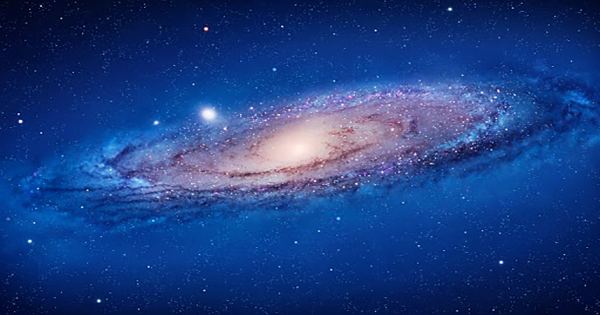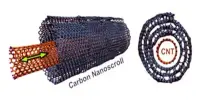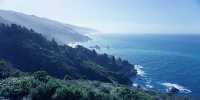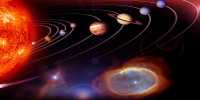They formed in clusters from gas and dust in large clouds. The Milky Way creates star clusters with masses 10,000 times larger than our Sun. A new study has found that other galaxies could easily form much larger clusters that could be a few million times the mass of our Sun although there is a catch here: these galaxies must merge. As reported in a study in the Royal Astronomical Society’s monthly notice, observations of six merging pair galaxies suggest that up to 10 million solar populations of these mills could form star clusters. The increase in star formation well established for the collision of galaxies, but the hypothesis of how it is concentrated in large clusters is an important insight into galaxy evolution.
In particular, the team observed that the characteristics of clusters change extensively and rapidly, and observations show that they are a feature that develops over time. Galaxy mergers can take hundreds of years in the loose form of galaxies that have finally emerged from the first interaction of two galaxies of almost the same type. The team noticed that there are larger clusters of more advanced synthesis.
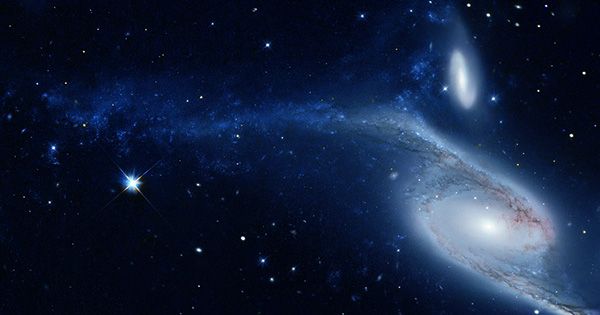
Gorgeous Hubble Images Show Galaxy Collisions Can Produce Extreme Star Clusters
Given the dense density of stars in such aggregates, the clusters are very bright. This is a great advantage for them to study. For the sharp eye of the Hubble Space Telescope, the team was able to confidently estimate the total stellar mass of the clusters as well as their age and then compare it to the star-formation rate of the entire galaxy. The combination of these three numbers paints an important picture of the most effective environment for galaxy mergers to form star clusters in the local universe.
The observations that Hubble made between 2008 and 2020 were part of the Hubble Imaging Probe of the Extreme Environment and Clusters (HiPEEC) survey. The team stressed that while the sharp vision of the space telescope is invaluable in studying galaxies, some insights may be lost due to these features. These clusters form in dense gas clouds that trap visible and UV light, sensitive to the Hubble region of the electromagnetic spectrum.
The James Webb Space Telescope, expected in October 2021, will provide observations that are more detailed and a better understanding of the galaxy. Every galaxy in the universe will experience at least one major collision in its lifetime, as it collides with a neighboring object of approximately the same size. For the Milky Way, it would be Andromeda in a few billion years. This study is a glimpse into the future of our galaxy.
